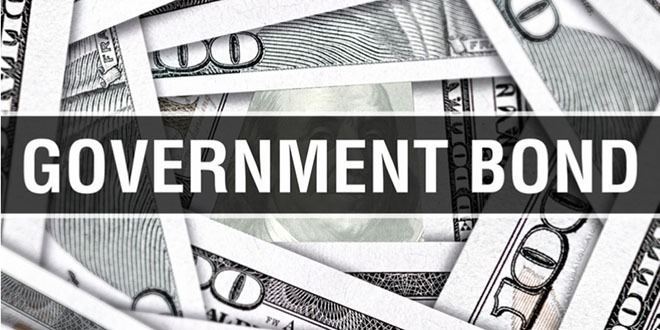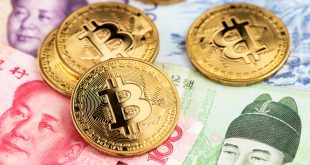A sharp selloff in US Treasuries eased on Wednesday as the market tries to come to grips with how the Federal Reserve might address rising inflation without hiking interest rates at such a clip it spins the economy into recession.
Yields were lower across the curve, from two-year notes out to 30-year bonds, after the recent sell-off was further driven by a decidedly more hawkish Fed Chair Jerome Powell on Monday.
Powell did not talk about policy on Wednesday when he spoke at a panel discussion on digital currencies organized by the Bank for International Settlements. The yield on 10-year Treasury notes US10YT=RR fell 2 basis points to 2.357%, while the gap between yields on two- and 10-year notes US2US10=RR was at 21.9 basis points after collapsing to 13.5 on Tuesday.
The inversion of the gap, or when short-end rates rise above those at the long end of the yield curve, often indicates a recession is on the horizon.
To be sure, the Fed is aware of what an inversion implies and likely will be more aggressive with the balance sheet than policymakers have indicated. Maybe that gets paired with more aggressive balance sheet reduction and less tightening, which could be a really good type of situation for the yield curve as well as the economy in general.
Powell is going to try to do whatever he can to keep the curve from inverting. Some of his comments are trying to get investors to look more at the 10-year three-month versus the 10-year two-year curve. The Treasury sold $16 billion in 20-year US20YT=RR notes at auction with a high yield of 2.651%. Rates across the spectrum edged up a bit after results were released, but soon slid lower.
Fed policymakers are now discussing quantitative tightening, or reducing the size of the central bank’s balance sheet. What markets are going to see from the Fed is a move up in the timetable for quantitative tightening. Powell alluded to it last week.
QT is their big tool to effect longer rates and that’s why traders are probably going to see that sooner than the summertime, which is what people were thinking.
Mary Daly, president of the San Francisco Fed, told Bloomberg she was open to raising rates by 50 basis points when policymakers meet in May and to start reducing the balance sheet if necessary. Because they’re all talking about it in unison makes me think it’s much more likely than it was last week.
The two-year US2YT=RR US Treasury yield, which typically moves in step with interest rate expectations, was down 2 basis points at 2.134%. The breakeven rate on five-year US Treasury Inflation-Protected Securities (TIPS) US5YTIP=RR was last at 3.538%.
The 10-year TIPS breakeven rate US10YTIP=RR was last at 2.97%, indicating the market sees inflation averaging about 3.0% a year for the next decade. The US dollar five-year forward inflation-linked swap USIL5YF5Y=R, seen by some as a better gauge of inflation expectations due to possible distortions caused by the Fed’s quantitative easing, was last at 2.589%.

 Noor Trends News, Technical Analysis, Educational Tools and Recommendations
Noor Trends News, Technical Analysis, Educational Tools and Recommendations




